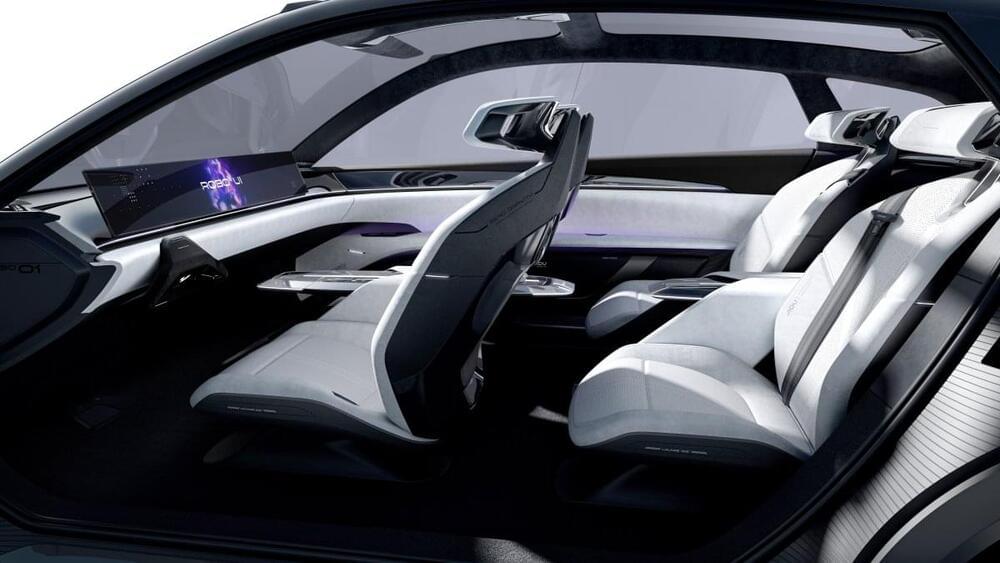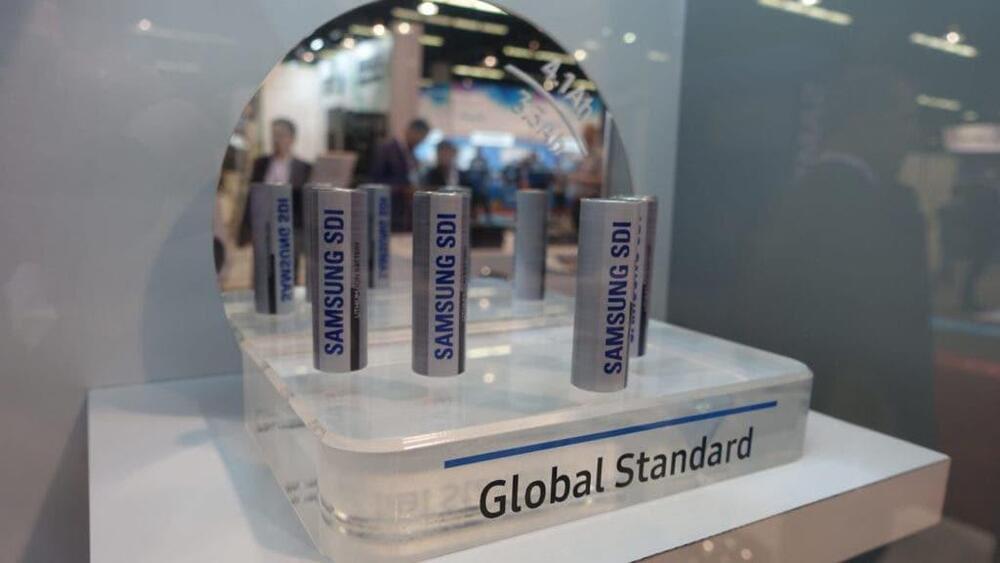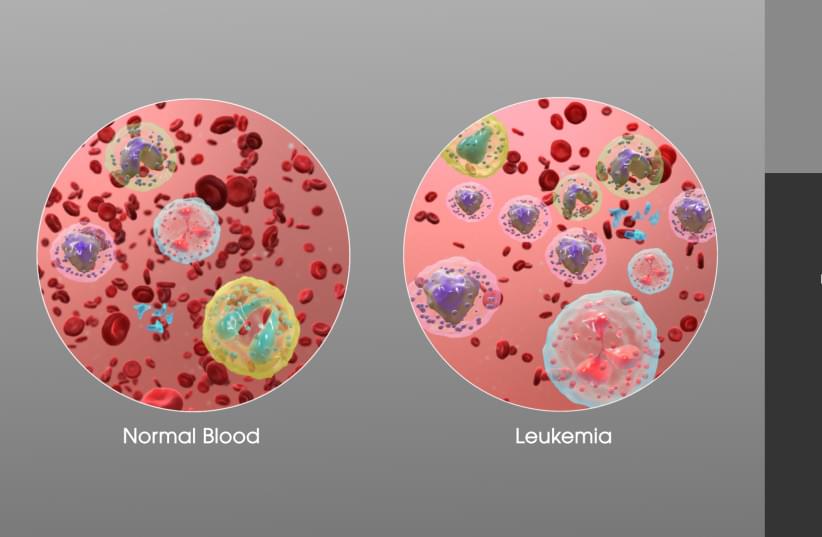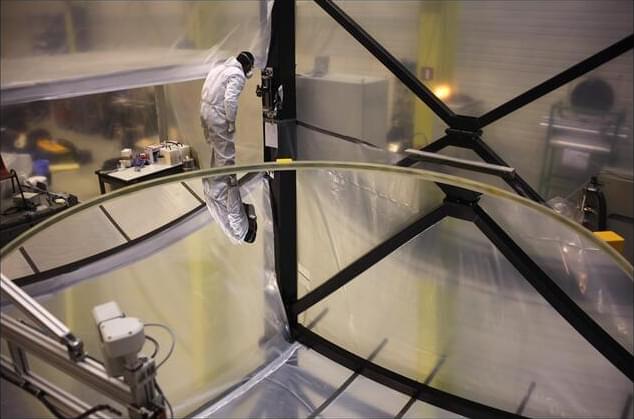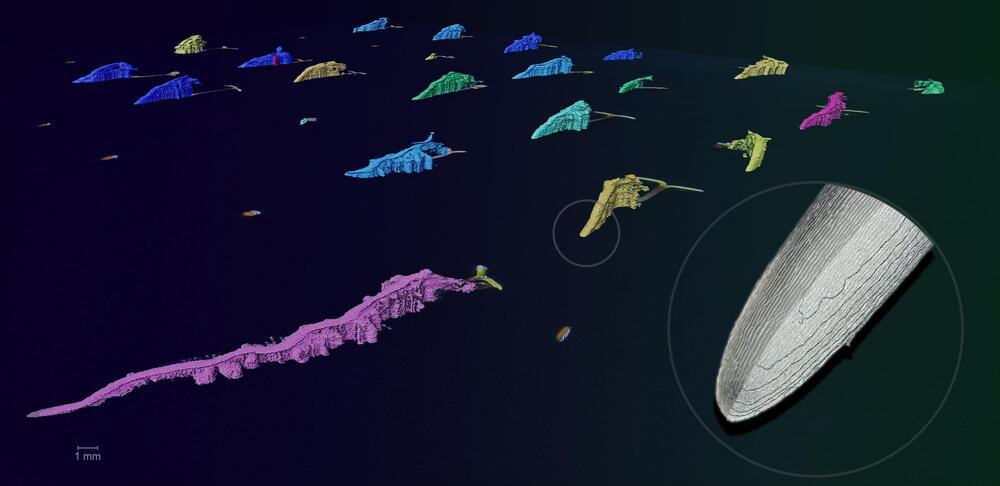Jun 14, 2022
REC Silicon, Ferroglobe to establish traceable US solar supply chain
Posted by Shubham Ghosh Roy in category: futurism
Investments by Hanwha Group and the potential passage of the Solar Energy Manufacturing Act could expand US production of polysilicon and metallurgical-grade silicon.
From pv magazine USA
REC Silicon and Ferroglobe have signed a memorandum of understanding (MOU) to develop an end-to-end US solar supply chain from raw silicon, to polysilicon, and finally fully assembled modules. Recent investment into REC Silicon by the Hanwha Group, in conjunction with Hanwha’s subsidiary Qcells, was the impetus for the MOU.
Continue reading “REC Silicon, Ferroglobe to establish traceable US solar supply chain” »

